Nova Constellatio Coppers, Part 2: Completing A Set
Just six coins are required for a set of true Nova Constellatio Coppers, and the coins selected need not be very expensive.
In part 1, I explain the purpose and meaning of Nova Constellatio Coppers. The theme here in part 2 is that it is very much practical to complete a set. There are no extremely rare major varieties. Really, just six coins are required for a set of true Nova Constellatio Coppers, and the coins selected need not be very expensive.
Nova Constellatio Coppers are coins, not patterns or tokens. Copper is capitalized in this context, as ‘Copper’ is a proper name for a unique kind of coin that was widely used during the 1700s.
A coin from the 1700s that consists of copper is not necessarily a Copper. In North America and Great Britain, most privately minted Coppers and State Coppers of the eighteenth century were coined with the idea that they would be accepted on par with British halfpennies of the Tower Mint in London. In everyday life, small change revolved around the British halfpenny standard, though official British halfpennies themselves were not often seen. Please refer to part 1 and my other articles about Coppers from the 1700s.
Nova Constellatio Coppers were minted in England and circulated in the United States in the 1780s. There are three genuine varieties of 1783 Nova Constellatio Coppers, all three of which were likely to have been minted in 1785. The most distinguishing features are the size of the S in “ U·S” and the tops of the rays.
In an epic book by Sylvester Crosby, The Early Coins of America (Boston: Self published, 1875), the die pairings of Nova Constellatio Coppers are itemized with illustrations. This book can easily be found in PDF format, legally for free, on the Internet.
A longtime tradition in coin collecting is to assign numbers to obverse dies and letters to reverse dies. The Nova Constellatio side is considered the obverse. The letters U.S. and the year are on the reverse. There is not a need to think about the various dies or their reference codes in order to collect Nova Constellatio Coppers. I mention Crosby codes here for clarity and to show that a complete set is not difficult to assemble. Also, while different authors attach different names to the major varieties, the Crosby codes for die pairings of Nova Constellatio Coppers have been well accepted constants for more than 140 years.
1. 1783 Large S, Pointed Rays (Die Pairing Crosby Reference: 1A)
On August 28, 2023, Heritage sold an NGC graded F15 of this variety for $432. On March 20, 2023, Stack’s Bowers auctioned a PCGS graded VF35 for $960. A non-gradable 1783 Large S coin in an NGC or PCGS Details holder could be purchased for less than $400.
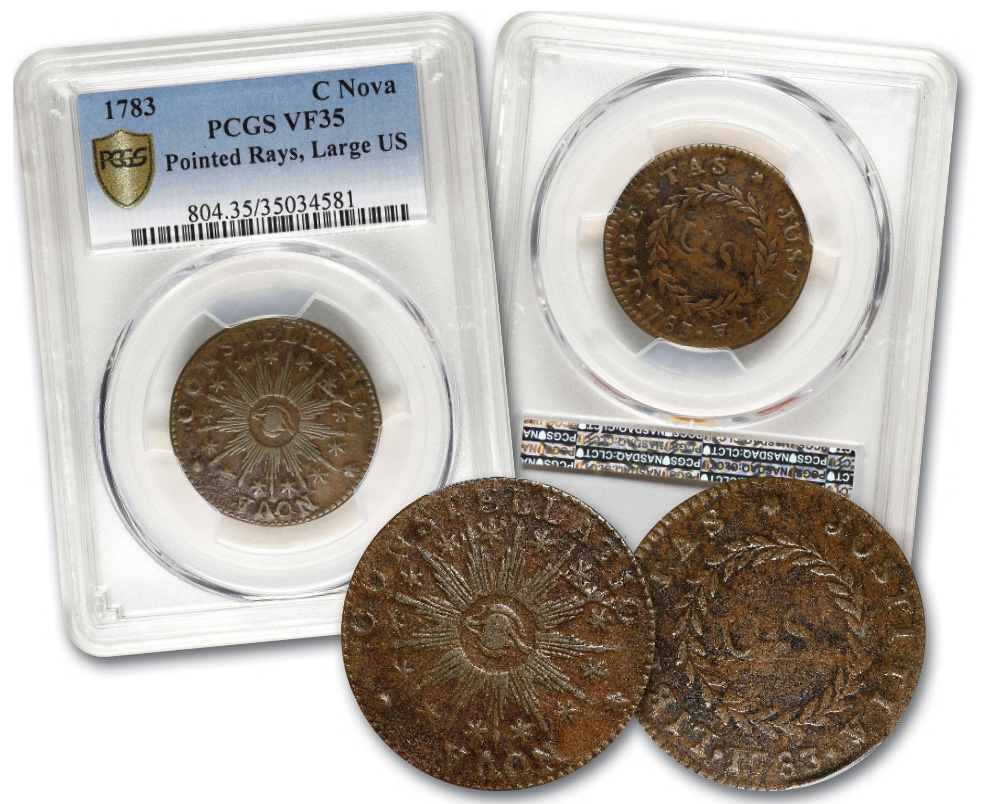
2. 1783 Small S, Pointed Rays (Die Pairing Crosby Reference: 2B)
Heritage sold an NGC graded XF40 of this variety on February 26, 2024, for $552. I am here referring to coins that I have not seen. I am not recommending for or against the purchase of any specific Nova Constellatio Copper mentioned. I recommend that collectors research public sales, read about Nova Constellatio Coppers, consult the CPG® retail price guide, and communicate with experts.
On December 13, 2023, Stack’s Bowers sold a 1783 Small S, Pointed Rays Copper in a PCGS VF Details, Environmental Damage holder for $240. There is plenty of detail and the colors are decent.
The surface quality of surviving Nova Constellatio Coppers vary considerably, and are not really reflected in the certified numerical grades of circulated coins. Almost all early Coppers have notable imperfections, like lumps of rust, discoloration from light to medium cleanings, oil residue from brushing, contact marks, hairlines from wiping, dark spots from treatment of corrosion, wax, etc. It is important to view coins in actuality to become accustomed to the nature of the survivors of a particular design type or series.
Collectors are accepting of relatively typical imperfections. A dealer who tells a collector that offered pre-1800 Coppers are entirely free of corrosion, are totally original or have never been treated, is, in most cases, lying or is insufficiently familiar with the subject matter. It is important to work with dealers or consultants who are knowledgeable and forthcoming. It is fortunate, though, that hundreds of Nova Constellatio Coppers survive.
3. 1783 Blunt Rays (Die Pairing Crosby Reference: 3C)
On September 5, 2023, Heritage sold a PCGS graded XF45 1783 Blunt Rays Copper for $1,680. On August 13, 2023, GreatCollections sold a PCGS graded VF30 coin for $556.60. Back in November 2021, Heritage sold a damaged coin of this variety with VF Details in a PCGS holder for $312. The design details are fairly clear.
4. 1785 Blunt Rays (Die Pairing Crosby Reference: 1B)
On May 30, 2023, Heritage sold a PCGS graded XF45 1785 Blunt Rays Copper for $782.40. During the second half of 2024, a relatively attractive VF20 to VF35 grade, NGC or PCGS certified coin of this variety could probably be acquired for a price in the range of $475 to $725, depending upon the circumstances of the sale and the physical characteristics of the respective coin.
5. 1785 Large 5, Pointed Rays (Die Pairing Crosby Reference: 3B, 4C, 4D, 5E)
On May 23, 2024, Stack’s Bowers sold an NGC graded VF25 Crosby-3B for $720. In addition, on the same day, the same firm auctioned an NGC graded F12 coin of the same die pairing for $288. Earlier, on April 1, Stack’s Bowers sold a PCGS graded VF30 Crosby-3B 1785 for $660. There is not much of a difference among the die pairings of the 1785 Large 5, Pointed Rays variety. Only one is needed for a set.
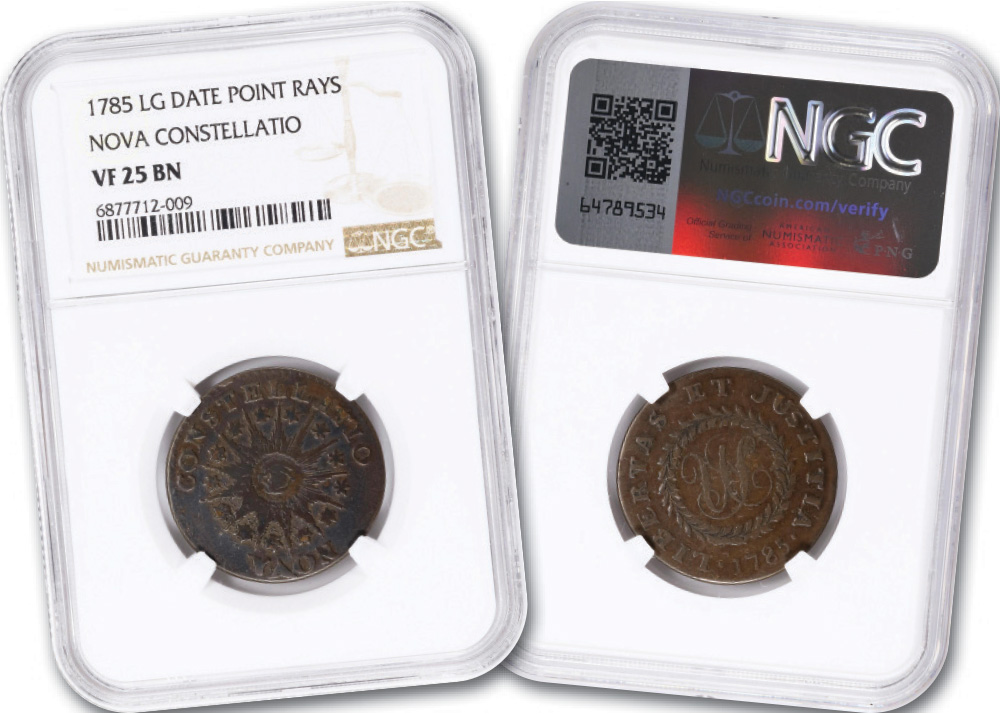
6. 1785 Small, Unusual 5, Pointed Rays (Die Pairing Crosby Reference: 2A)
These are often called Small Date and are rare. PCGS has graded just twenty-four of this variety. NGC reports grading sixteen and NGC has also encapsulated sixteen in Details holders that failed to receive numerical grades. The fifty-six certification events just cited probably amount to thirty-five to forty-five different coins.
There are many never certified or formerly encapsulated Nova Constellatio Coppers around, plus some in museums or other institutional holdings. A substantial percentage of the raw Nova Constellatio Coppers in collections or dealer-inventories are coins that would probably not qualify for numerical grades at NGC or PCGS.
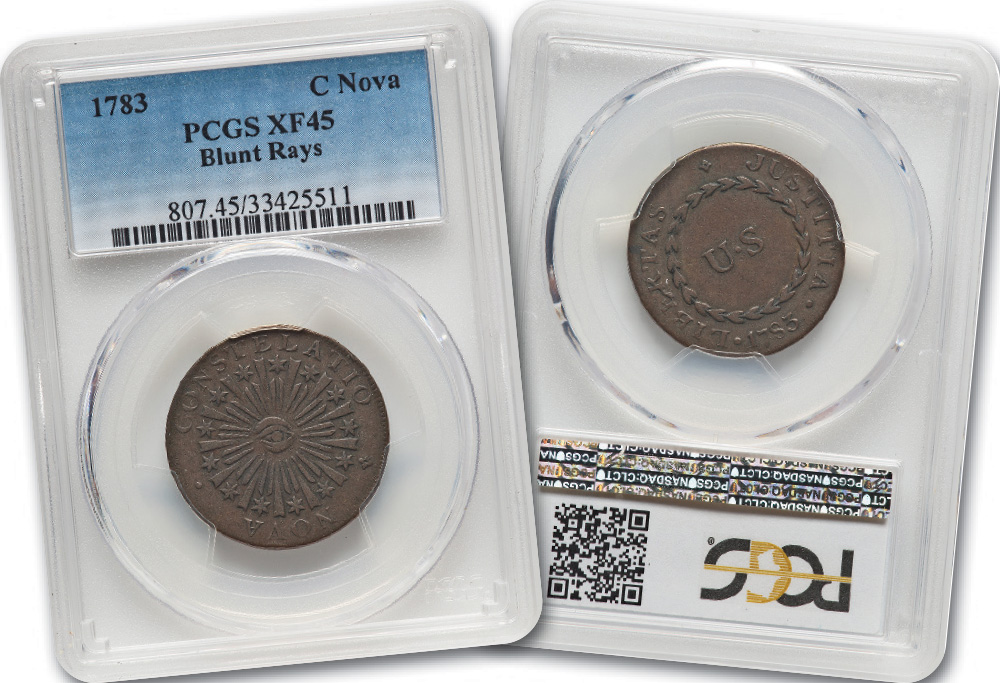
It is also true that a significant number of collectors of pre-1793 American numismatic items prefer raw coins, tokens or medals. They like to hold and inspect them without plastic barriers. From a financial perspective, it is indisputable that the purchase of NGC or PCGS certified coins involves less risk, on average, than the purchase of Nova Constellatio Coppers that are not certified.
On March 20, 2023, Stack’s Bowers sold a PCGS graded VF25 Small 5 1785 coin for $1,140, which was from the Syd Martin Collection. On May 4, 2022, Heritage auctioned an NGC graded AU50 1785 Small 5 for $2,160.
As for “1786” Nova Constellatio Coppers, it is almost certain that these extremely crude pieces were not made by the same people who designed, engraved and produced the 1783 and 1785 Nova Constellatio Coppers. The same is true of a very crudely made 1785-dated piece, erroneously with twelve, rather than thirteen, stars.
There are crucial unanswered questions about the 1785 Twelve Stars and all 1786 Nova Constellation pieces. I have seen them. Most experts figure that these are contemporary counterfeits made during the 1780s by one or two of the less reputable private mints in North America, and this could be true. It is also plausible that they are forgeries that were made later.
During most of the nineteenth century, there was a financial motive to produce forgeries of Nova Constellatio Coppers. Suppose it is imagined that a talented and crooked coin or medal manufacturer produced 1786 or 1785 12 Star Nova Constellatio pieces to fool collectors, long after 1785. He could easily have engraved fantasy dies. He might have melted or made mushy problem-ridden 1785 Nova Constellatio Coppers to produce planchets. Importantly, it would have been logical to ensure that the resulting forgeries were too poorly defined to fully analyze. Usually, a worn and damaged forgery is harder to identify than a MS64 grade forgery.
In my opinion, 1786 and 1785 12 Star pieces are not part of the series and are not needed for a set. It is straightforward, sensible and easy enough to complete a set of the six major varieties of genuine Nova Constellatio Coppers.
Copyright ©2024 Greg Reynolds, Insightful10@gmail.com

Download the Greysheet app for access to pricing, news, events and your subscriptions.
Subscribe Now.

Subscribe to The Greysheet for the industry's most respected pricing and to read more articles just like this.
Source: Greg Reynolds
Related Stories (powered by Greysheet News)
View all news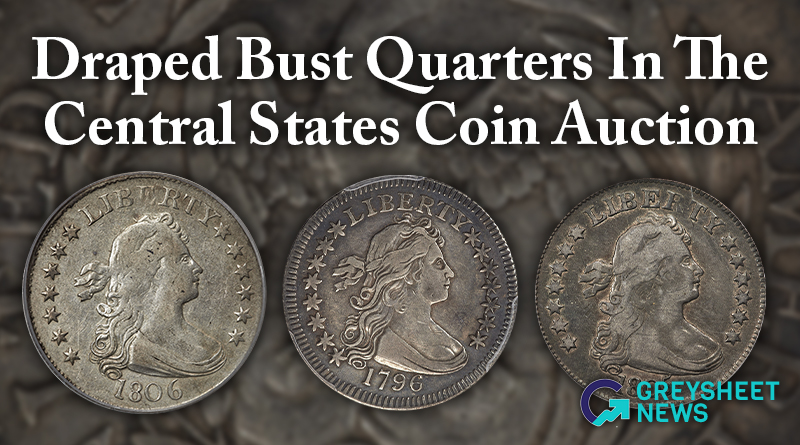
The Lusk set of Draped Bust quarters brought strong results.
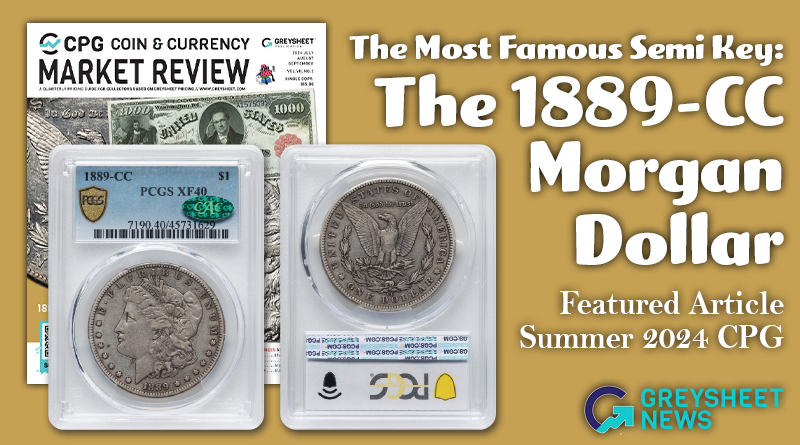
The 1889-CC is the second scarcest business strike in the series.
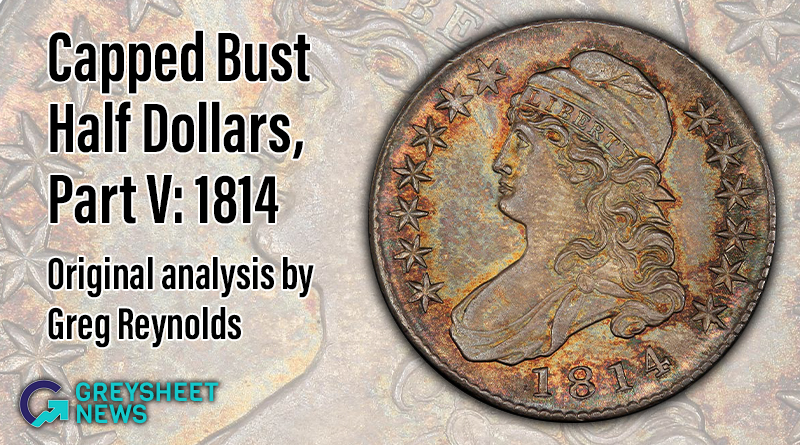
In this article Greg Reynolds analyzes a semi-key date in the Capped Bust Half Dollar series, 1814.


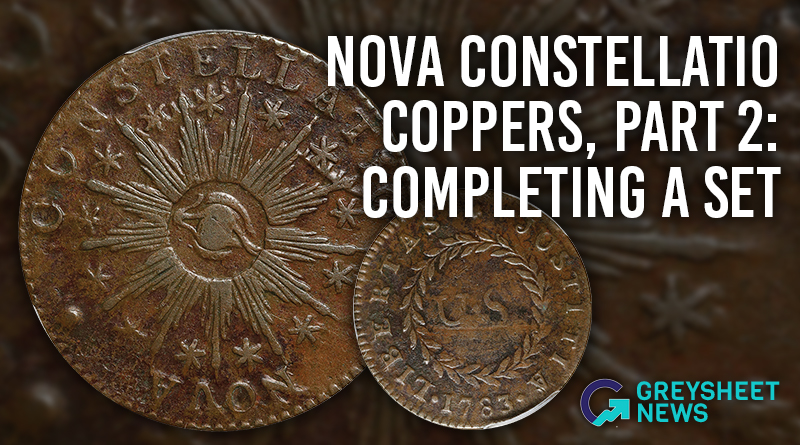






Please sign in or register to leave a comment.
Your identity will be restricted to first name/last initial, or a user ID you create.
Comment
Comments